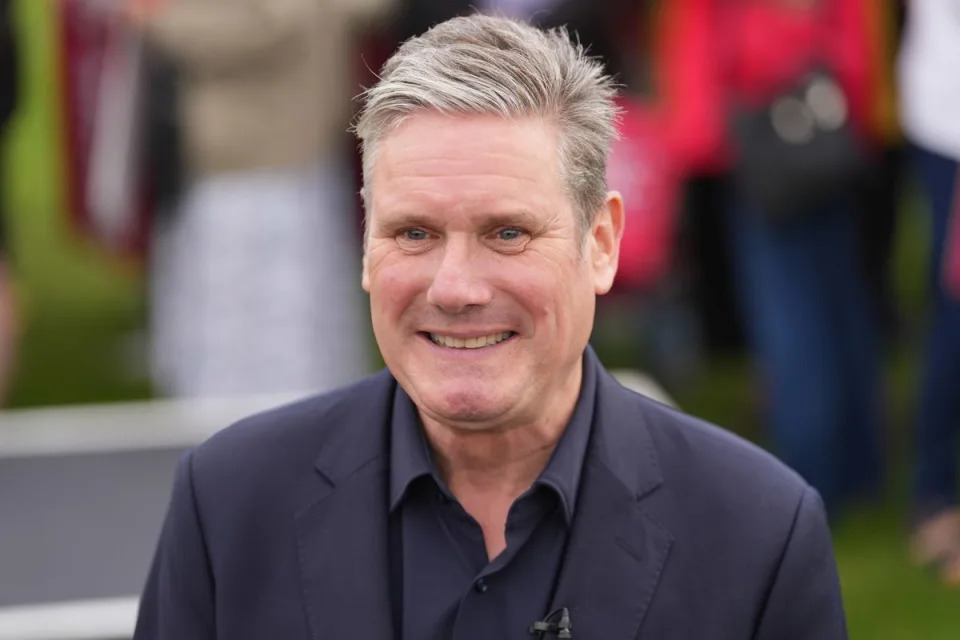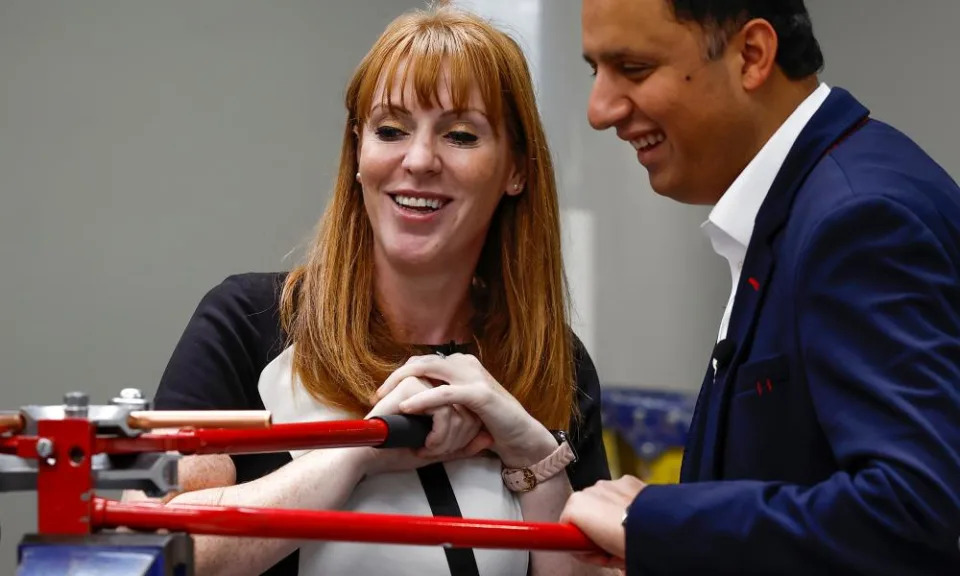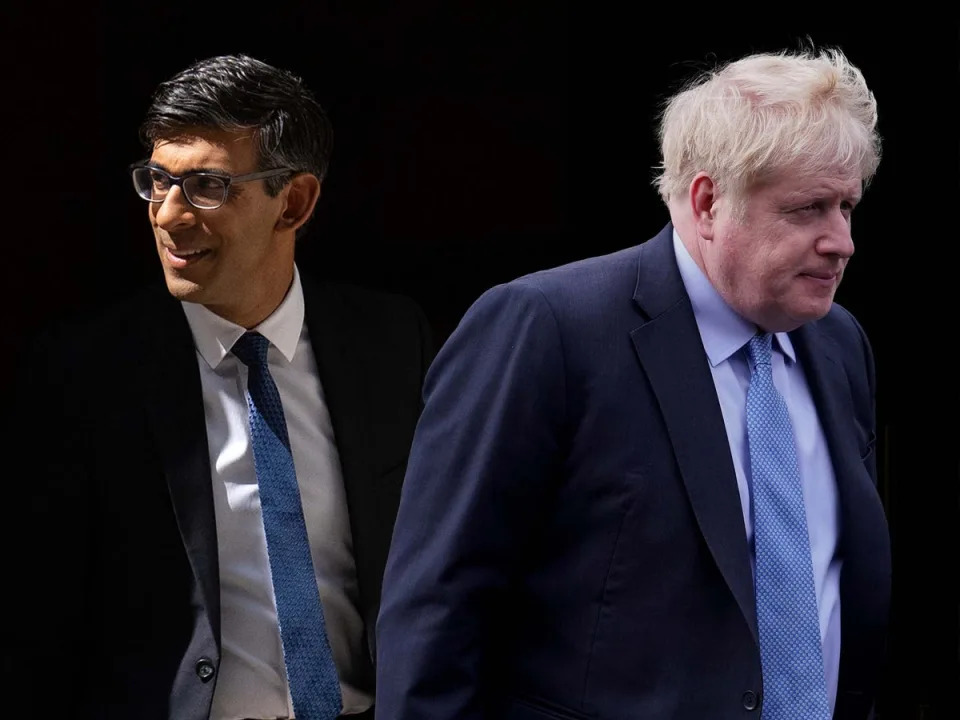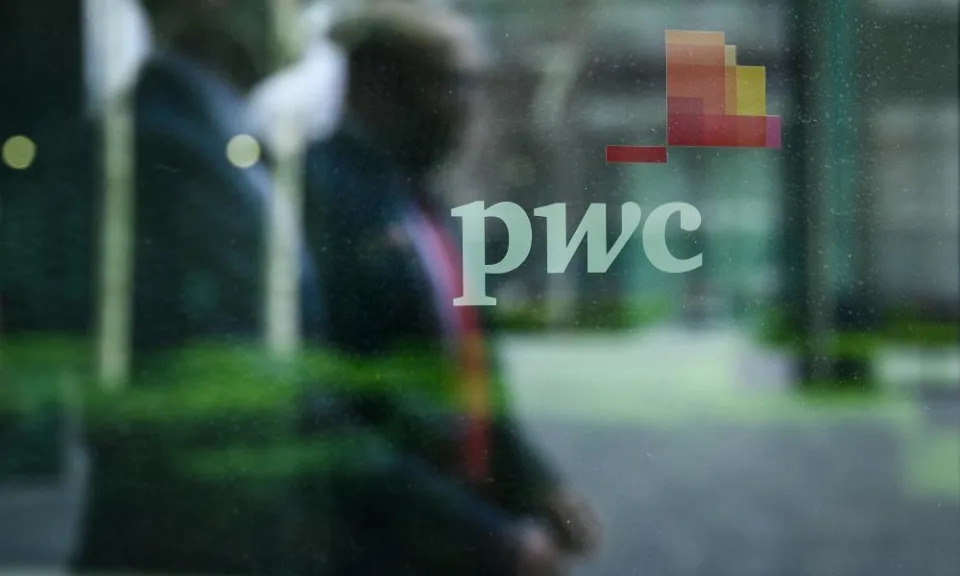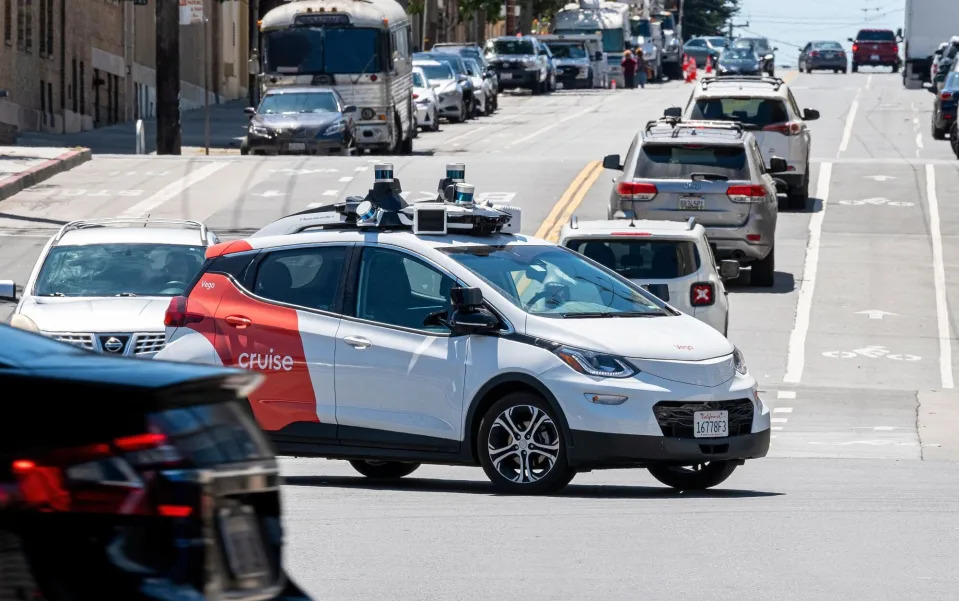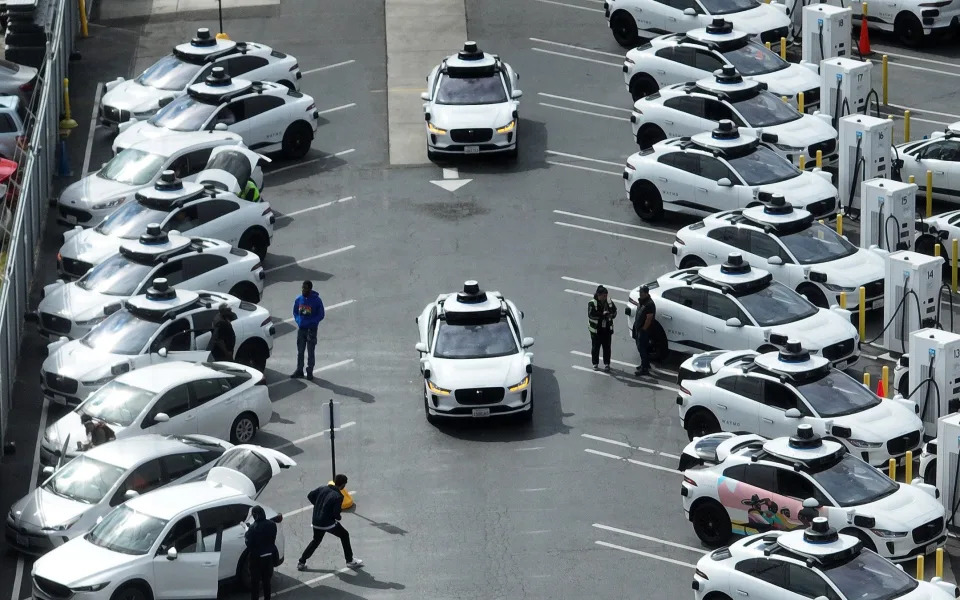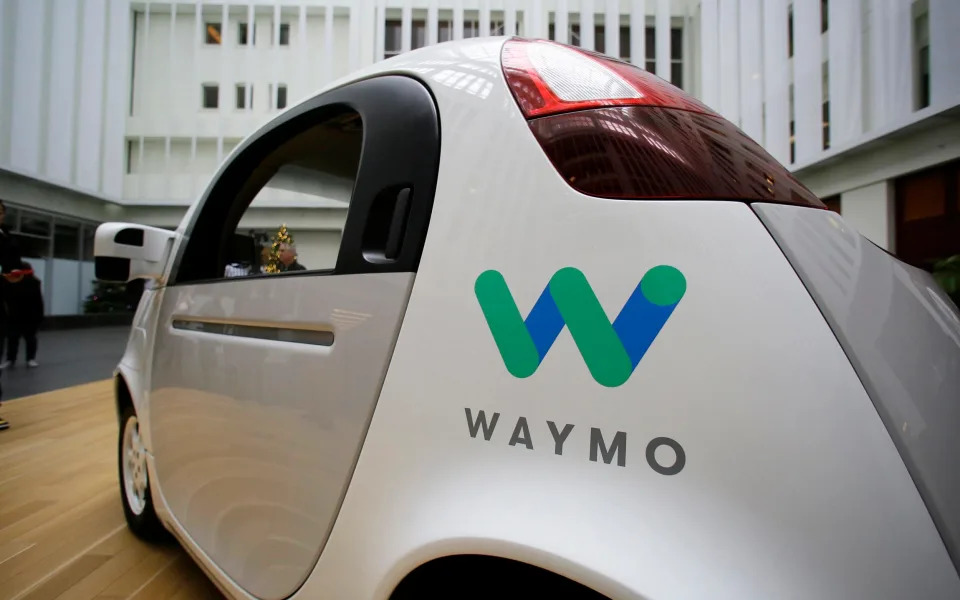Namita Singh
Tue, 22 August 2023

MSNBC host Joe Scarborough compared supporters of Donald Trump to cult followers after a new poll revealed that they trusted the former president more as a source of true information over their loved ones.
The latest CBS survey conducted between 16 and 18 August found that 71 per cent of US adult residents believed the former president as telling the truth, while 63 per cent picked friends and family. Conservative media figures stood at 56 per cent, and religious leaders gathered about 30 per cent fewer votes than the former president, gathering 42 per cent of the votes.
The CBS poll also showed Mr Trump was the preferred candidate for 62 per cent of Republican voters, with Ron DeSantis trailing at 16 per cent.
“How could people support Donald Trump? And the question just kept coming up,” said the Morning Joe host on Monday as he marveled at the findings.
Seemingly attempting to decode Mr Trump’s continued popularity among his supporters, he said: “And there were really no good answers except, you know, the question is, is it a cult?
Scarborough then read out the definition of cult from Google, while trying to link it to Mr Trump’s appeal, as he turned to show’s guest Charlie Skyes for discussion.
“I just saw this on Google. Off the top, cult leaders must be dynamic, charismatic, and convincing because their goal is to control their members to acquire money or power-related advantages. These characteristics are crucial because a cult leader needs his members to strictly adhere to his teachings and doctrines.
“Now the funny thing there is, he doesn’t really fit there because Donald Trump doesn’t have any teaching or doctrine other than ‘follow me blindly’.”
“But think about it Charlie, how twisted it is just generally that in America, people follow a political leader. Like we always ask questions ‘’Why? Why do people have flags of a politician?’

File: Joe Scarborough, a one-time friend of former president Donald Trump, does not hold back as he calls his supporters ‘cult’ in the light of CBS polls (Getty Images)
“Trump people might be proud of that. No, that’s nothing to be proud of. Politicians serve us,” he continued as he repeated the findings of the polls.
“You look at the number, they trust a politician, a failed reality tv talk show host, who has been indicted because of what he did with a porn star, who has been indicted for trying to steal the elections which they (the supporters) know he tried to steal.”
“I think they must be happy that he tried to steal the election. They’ve heard the tapes.”
Probing if conservative media played a role in Mr Trump’s strengthened supporter base, he says: “‘Oh, it’s because they watch Fox. It’s because they watch Fox.’ Well, now, Trump members are attacking Fox News!”
“And then this is the most shocking thing coming from the evangelical church,” he added. “Nearly 30 per cent more people blindly follow their cult leader, Donald Trump, than their own religious leaders.
“Please don’t tell me about how this is a Jesus thing. It’s not a Jesus thing. It’s a cult thing when 30 per cent more blindly follow Trump than listen to their religious leaders.”
Meanwhile, another poll revealed Mr Trump’s commanding lead over his Republican rivals in the state of Iowa, where the party’s presidential nominating contest begins in January.
The Des Moines Register/NBC News/Mediacom survey of likely Iowa Republican caucusgoers shows Mr Trump has the backing of 42 per cent, with Florida governor Ron DeSantis at 19 per cent and US senator Tim Scott in third place with nine per cent.
Other Republican candidates in the crowded field aiming to take on Democratic president Joe Biden in the November 2024 election registered in lower single-digit numbers.
Mr Trump‘s four indictments showed little signs of deterring his supporters. The poll found 65 per cent of likely Republican caucusgoers didn’t think he had committed serious crimes, compared with the 26 per cent who believed he had.
The poll was conducted 13 to 17 August, coinciding with news on 14 August that a Georgia grand jury had issued an indictment accusing him of efforts to overturn his 2020 election loss to Mr Biden.
Additional reporting by agencies
THERE IS NO TWO PARTY SYSTEM IN THE USA, THE DEMOCRATS NEED TO SPLIT IN TWO; THE WALL STREET PARTY AND THE PROGRESSIVE PARTY TO MAKE UP FOR THE IMPLODED GOP
